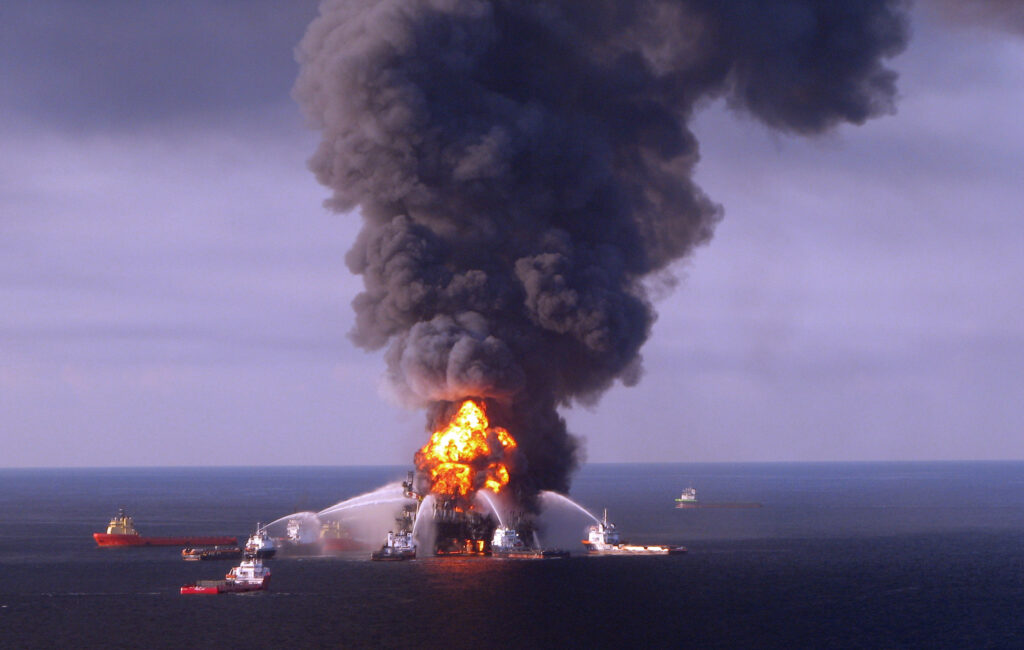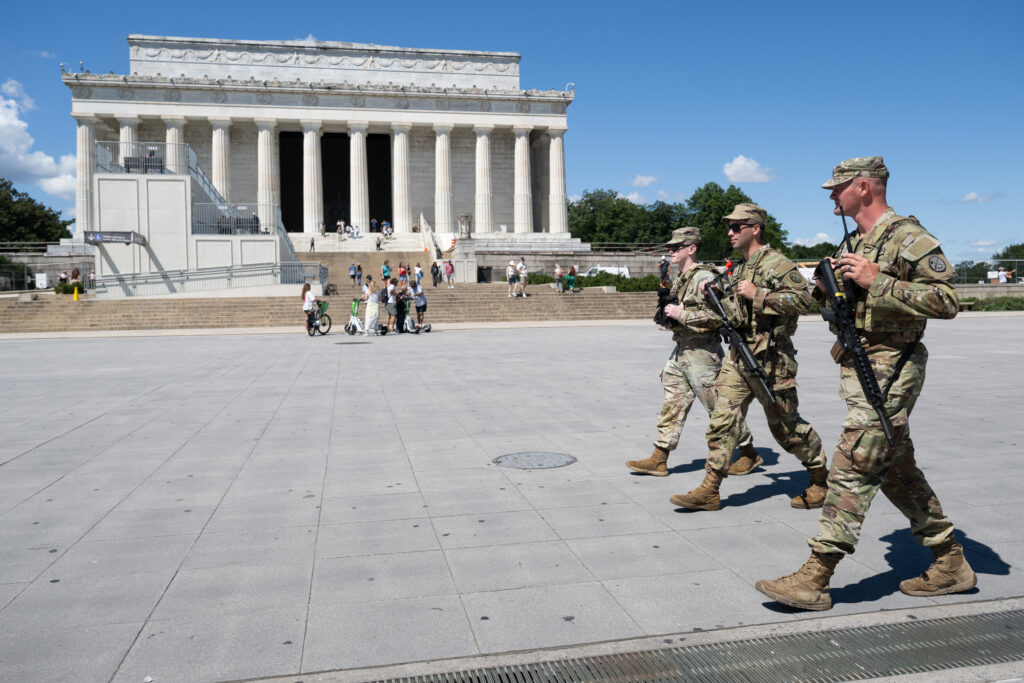Trump plans massive expansion of offshore oil drilling
President Donald Trump’s administration is planning to open up millions of square miles (kilometers) of US coastal waters to oil and gas drilling, it said Thursday, in a step that could lead to a massive expansion of fossil fuel extraction.The move comes as Washington looks increasingly out of step with much of the developed world, where there is growing acceptance of the reality of human-caused climate change.Under the plan announced by the US Department of the Interior, 34 lease sales will be offered, allowing for drilling in 1.27 billion acres (500 million hectares) — an area the size of the Amazon.The proposal includes waters off the north coast of Alaska that have never been drilled before, in the Gulf of Mexico — which the administration calls the Gulf of America — and off California.”The Biden administration slammed the brakes on offshore oil and gas leasing and crippled the long-term pipeline of America’s offshore production,” said Secretary of the Interior Doug Burgum, referring to Trump’s predecessor Joe Biden.Burgum insisted that offshore energy production requires a lot of time and investment.”By moving forward with the development of a robust, forward-thinking leasing plan, we are ensuring that America’s offshore industry stays strong, our workers stay employed, and our nation remains energy dominant for decades to come.”Trump speaks frequently of what he says is the need for America to drill for more fossil fuel, and is disparaging about the global shift to renewables, which he calls a “scam.” He regularly calls climate change science “a con.”Under his presidency, the country has pulled back from international agreements on fighting climate change, and did not send an official delegation to the ongoing COP30 climate summit in Brazil.But the plans announced Thursday are likely to face pushback domestically, particularly from California, whose government pledged to block drilling in the state’s coastal waters.”Trump’s idiotic plan endangers our coastal economy and communities and hurts the well-being of Californians. This reckless attempt to sell out our coastline to his Big Oil donors is dead in the water,” said Governor Gavin Newsom.”Californians remember the environmental and economic devastation of past oil spills. For decades, California has stood firm in our opposition to new offshore drilling, and nothing will change that. The proposals are also expected to face opposition in the Gulf, where memories remain of the devastating Deepwater Horizon spill in 2010, which saw millions of gallons (liters) of oil wreck tourism and fishing.Rick Scott, a Republican senator for Florida, was quick to lodge his objections to the Trump plan.”Florida’s coasts must remain off the table for oil drilling to protect Florida’s tourism, environment, and military training opportunities,” he wrote on X.







